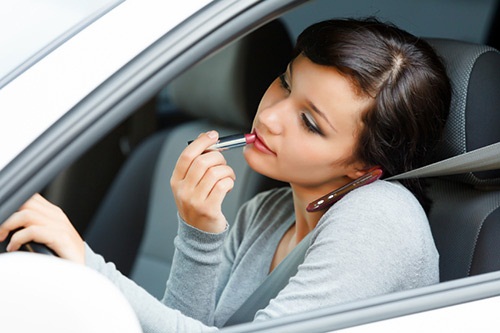Drugs/drinking and driving
Driving under the influence of a drug or alcohol can have deadly consequences. Every day, almost 30 people in the United States die in motor vehicle crashes that involve an alcohol-impaired driver. This amounts to onedeath every 51 minutes. Every two minutes, a person is injured in a drunk driving crash. Whenever your social plans involve alcohol, make plans so that you don’t have to drive after drinking.
- Prior to any drinking, designate a non-drinking driver when with a group
- Don’t let your friends drive impaired. Take their keys away.
- If you have been drinking, get a ride home or call a taxi.
- If you’re hosting a party where alcohol will be served, remind your guests to plan ahead and designate their sober driver; offer alcohol-free beverages; and make sure all guests leave with a sober driver.
Drugs other than alcohol (e.g., marijuana and cocaine) are involved in about 18% of motor vehicle driver deaths. In addition, many prescription drugs, including those prescribed for anxiety or sleep disorders, can impair driving.These other drugs are often used in combination with alcohol.
Learn more about driving under the influence (PDF 222.7KB) (ATS)

Distracted driving
When thinking of distracted driving, some examples that first come to mind are texting or talking on a cell phone. But there are other behaviors that can cause drivers to divert their attention from the road and endanger others, including:
- Eating and drinking
- Talking to passengers
- Grooming
- Reading
- Using an electronic navigation system
- Watching a video
- Changing music on your vehicle’s radio station or on a mobile digital device
These may seem like simple tasks you could perform without issue any other time - but while driving they can be extremely dangerous. So wait until later to make that phone call or text and take the time to pull over to stop and enjoy your meal.
Learn more about distracted driving (ATS).

Drowsiness
Feeling sleepy is especially dangerous when you are driving. Sleepiness slows your reaction time, decreases awareness and impairs your judgment, just like drugs or alcohol.
In fact, cognitive impairment after approximately 18 hours of being awake is similar to that of someone with a blood alcohol content (BAC) of 0.05%. After about 24 hours of being awake, impairment is equivalent to a BAC of 0.10%, higher than the legal limit in all states.
Experts think that many fatal night-time single-vehicle crashes are caused by the driver falling asleep.
If you have any of the following symptoms of sleepiness, pull off the road as soon as possible and find a place to sleep.
- You have trouble keeping your eyes open and focused
- You can’t keep your head up
- You daydream or have wandering, disconnected thoughts
- You yawn frequently or rub your eyes repeatedly
- You find yourself drifting from your lane or tailgating
- You miss signs or drive past your exit
- You feel irritable and restless
- You drift off the road and hit the rumble strips
- You are unable to remember how far you have traveled or what you have recently passed by
If you have even one of these symptoms, you could be sleepier than you think. When planning your route, identify places where you can nap if the need arises.
Learn ways to avoid drowsy driving (ATS).

Preventing falls in older adults
Falls among all ages are the number one emergency call in Palm Beach County, and more than 40% of these patients are transported to one of Palm Beach County's two Trauma Centers. Among those, 26% are age 65 and older.
Nationwide, every 15 seconds an older adult is seen in an emergency department for a fall-related injury.
By reducing their chance of a fall, older adults can stay independent and have an increased quality of life.
Below are 6 ways to prevent a fall:
- Find a good balance and exercise program. Look to build balance, strength, and flexibility. Find a program you like and take a friend.
- Talk to your health care provider. Ask for an assessment of your risk of falling. Share your history of recent falls.
- Regularly review your medications with your doctor or pharmacist. Make sure side effects aren’t increasing your risk of falling. Take medications only as prescribed.
- Get your vision and hearing checked annually and update your eyeglasses. Your eyes and ears are key to keeping you on your feet.
- Keep your home safe. Remove tripping hazards, increase lighting, make stairs safe, and install grab bars in key areas.
- Talk to your family members. Enlist their support in taking simple steps to stay safe. Falls are not just a seniors’ issue.
Learn more about preventing falls.